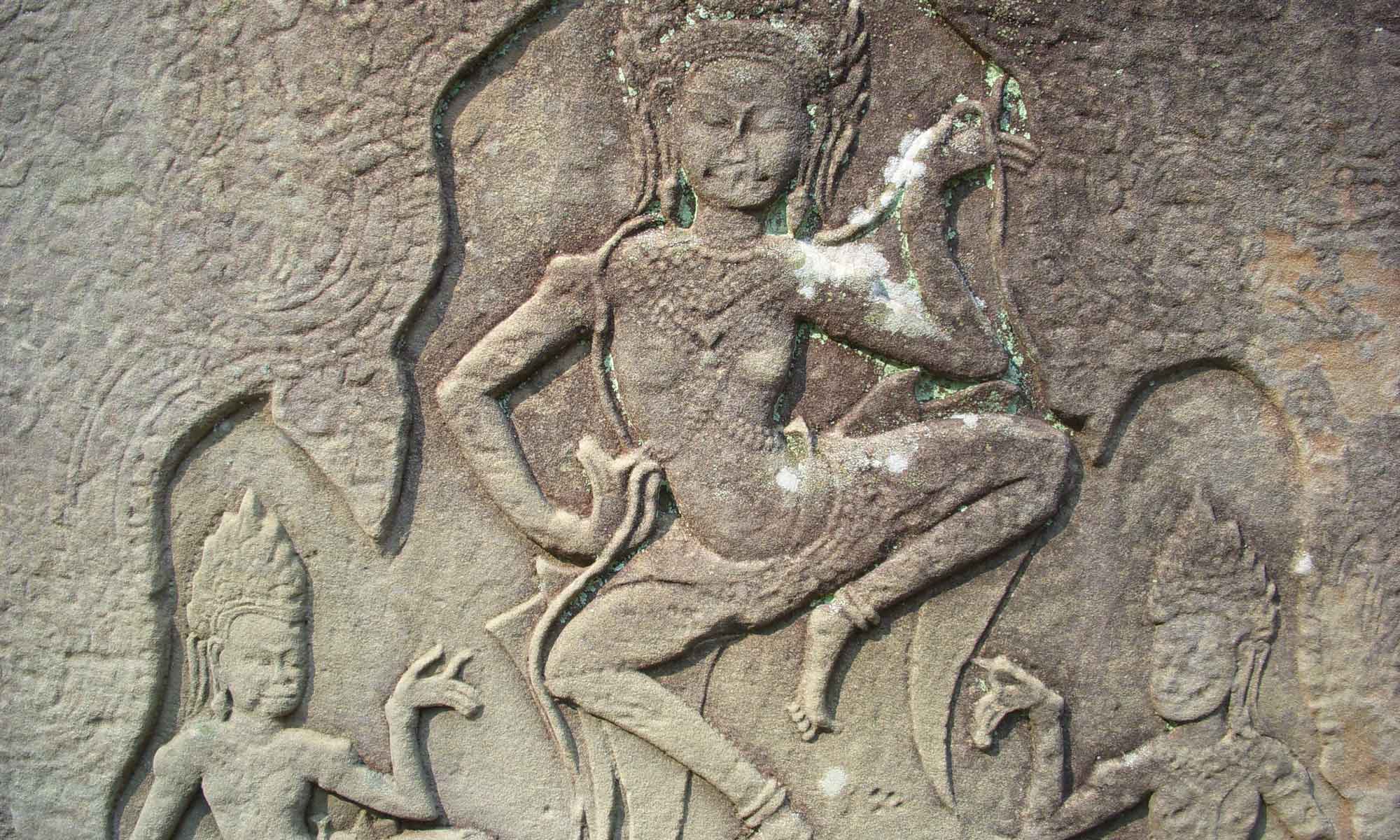by Lydia Ruyle
Creating Buddhas, The Making and Meaning of Fabric Thangkas
a film by Isadora Gabrielle Leidenfrost
Creating Buddhas is a documentary film by Isadora Gabrielle Leidenfrost featuring an artist who makes Buddhas out of silk, Leslie Rinchen-Wongmo. Trained in Dharamsala, India for nine years, Leslie is one of the few female fabric thangka makers in the world.

Thangka, which means a rolled up image made of silk cloth, helped spread Buddhism throughout Asia. Viewing a thangka sacred image is a Buddhist spiritual practice which helps sentient beings move in the direction of enlightenment.
In the Tibetan cultural tradition, fabric thangka making is the highest form of art. Thangkas are made of precious materials; pure silk, gold threads, ornaments. There is a geometrical, artistic and spiritual canon to follow. It is a challenge to learn and practice the art form.
The beautiful film follows the process of making a Green Tara thangka from its beginnings to completion over six months later. The process is both a spiritual one and an artistic one–both the making of thangkas and the making of movies.
Filmmaker Leidenfrost weaves the story with dialogue, visual history and Leslie’s beautiful voice describing her work. Adding to the richness of the film, China Galland, Robert Thurman and other Tibetan experts describe the art of fabric thangka making. The closeups of luscious, sensual fabrics and colors are exquisite. Tibetan music flows in the background.

Leidenfrost’s sensitivity, education, life experience, respect for Asian traditions and love of fabrics shows through in the film which utilizes her gifts for viewers to appreciate and enjoy. Leidenfrost, as an artist herself, also creates gorgeous fabric collages as well as films.
Leslie Rinchen-Wongmo tells herstory of how she became a thankga maker. Her personable presence and love of her work is inspiring. With a degree in urban planning from UCLA, Leslie begins her career in Boston where she meets and is inspired by the Tibetan community. Eventually she chooses to go to Dharamasala, India as part of a community development team. Leslie visits textile handicraft communities for economic development and becomes drawn to thangka making. After apprenticing to one thangka maker, she joins a school where she works with others learning the tradition for three years. Leslie then chooses to become a thangka maker herself.
Green Tara is a female Buddha. She is the Great Mother of the Universe who nurtures all. Viewers watch Tara come into being with Leslie’s strong hands and elegant long fingers, a fabric thimble on her index finger. The entire process is made up of bits and pieces building step by step to complete the whole work. Zip lock plastic bags organize the pieces until they are ready to be put together like a puzzle. Green Tara is a powerful image of feminine strength calling all women to be fully embodied themselves. Thangka making helps Leslie fuse art and spirituality with compassion and love.
Eyes are the windows of the soul and the last piece completed on a thangka. Sacred symbols are placed on the back of the image at the forehead third eye, the mouth and the heart. A colorful silk tapestry frame border is added along with a curtain for covering the image. Finally, the thangka is blessed in a Buddhist ritual ceremony to infuse it with spiritual energy.
Buddhism teaches another level of consciousness and way of viewing the world. A beautiful thangka engages your awareness. Images precede doctrine as humans experience spirituality in visual forms. An image of an enlightened being plants a seed in the human soul. Leidenfrost’s inspirational film plants many seeds.


You must be logged in to post a comment.